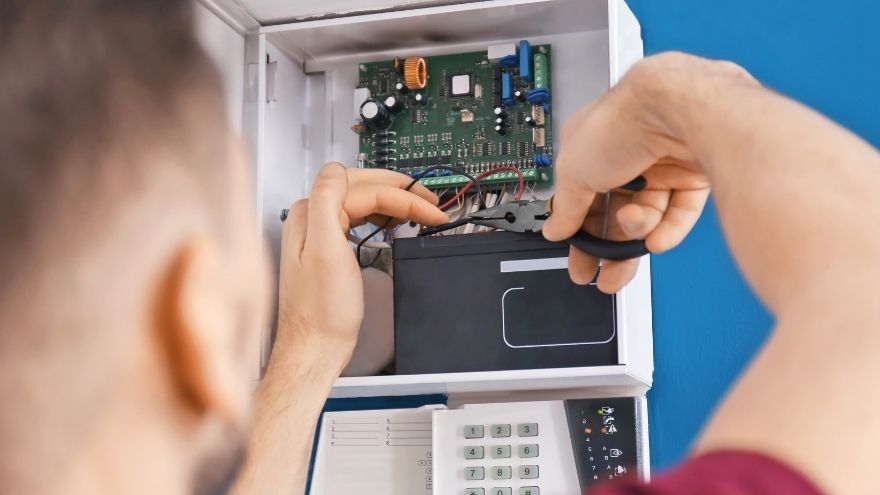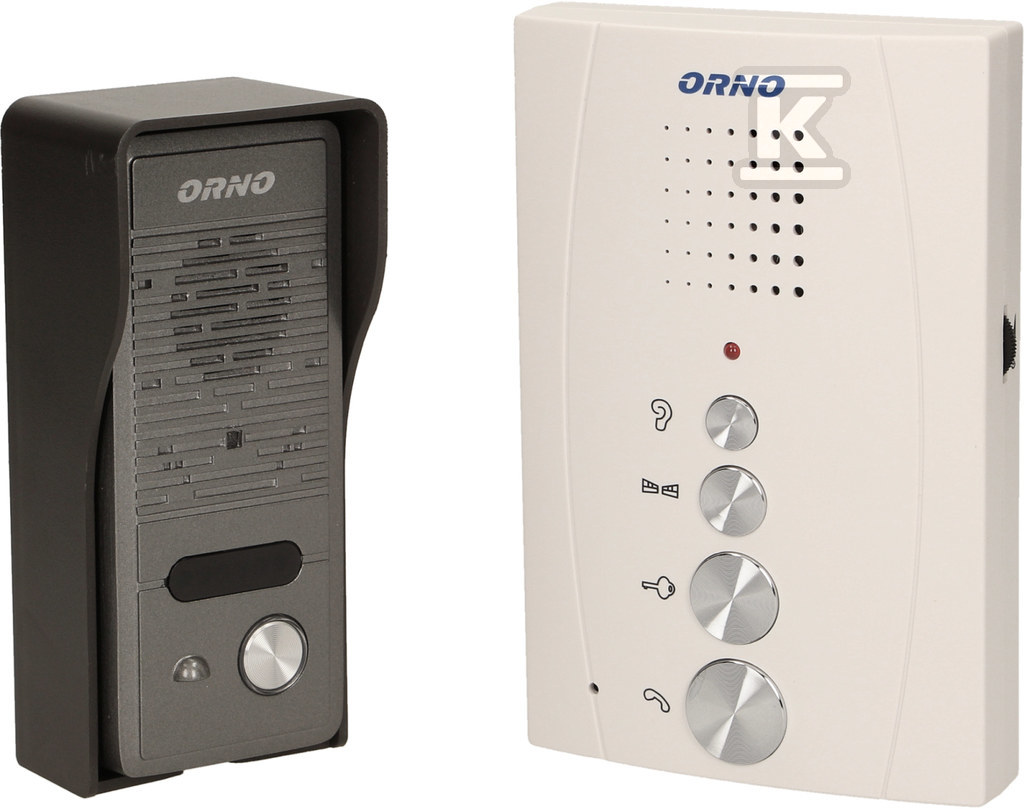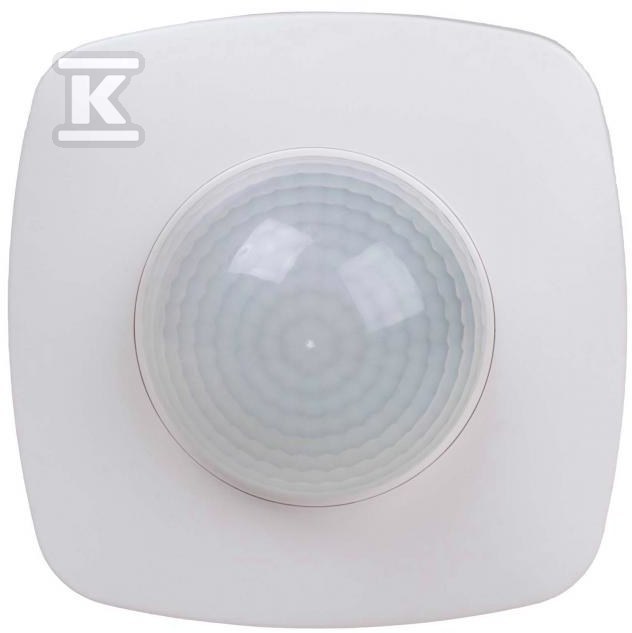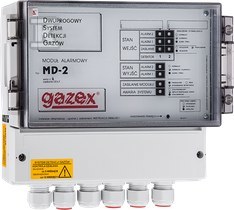Low-current installations are typically found in private homes, industrial buildings, and commercial facilities. They operate at low voltage, which means that the nominal value reaches up to 1 kV AC or up to 1.5 kV DC. The function of low-current installations in electrical circuits is primarily the correct operation of various building systems and telecommunications networks. Learn about the types of low-current installations, learn how to select cables and wires for them, and check what the law and standards say about low-current electrical installations.

Check cables and wires at the Onninen wholesaler
Types of low-current installations
 There are various types of low-current installations. These include alarm systems, access control and CCTV monitoring, fire protection and fire protection systems, uninterruptible power supply systems (UPS), warning systems, and wired and wireless computer networks.
There are various types of low-current installations. These include alarm systems, access control and CCTV monitoring, fire protection and fire protection systems, uninterruptible power supply systems (UPS), warning systems, and wired and wireless computer networks.
Selection of appropriate cables and wires for low-current installations
Cables and wires in low-current installations have smaller cross-sections compared to the wiring used in high-current systems. Standard cross-sections range from 0.5 mm² to 2.5 mm².
 The decision on which installation cables to use is generally made by the designer of a given installation, taking into account the current requirements and intended use.
The decision on which installation cables to use is generally made by the designer of a given installation, taking into account the current requirements and intended use.
Low-current cables should be solidly made and resistant to short circuits and high temperatures. It is worth using metal wires, e.g. copper, because they provide optimal conductivity and signal stability.
They are not susceptible to electromagnetic interference, which is crucial for the proper operation of low-current systems, especially alarm and monitoring systems and computer networks. Low-current cable insulation is usually made of plastics, such as PVC or PE, due to increased resistance to mechanical damage and atmospheric and chemical factors.
Low-current installations in the context of standards and legal regulations
 The definition of an electrical installation can be found in the Regulation of the Minister of Internal Affairs and Administration of 16 August 1999 on the technical conditions for the use of residential buildings. An electrical installation is:
The definition of an electrical installation can be found in the Regulation of the Minister of Internal Affairs and Administration of 16 August 1999 on the technical conditions for the use of residential buildings. An electrical installation is:
"the system of wires and cables in a building together with electrical installation equipment and accessories, devices, distribution and control devices, measurement and billing system, safety and protective devices and grounding, starting at the output terminals of internal power lines in the connector and ending at plug sockets, lighting outlets and permanently installed receivers powered by electricity". A low-current installation is distinguished by the fact that it operates at low voltage.
Guidelines for the installation of low-current installations are included in:
- Act of 7 July 1994 - Construction Law,
- Regulation of the Minister of Infrastructure of 12 April 2002 on the technical requirements to be met by buildings and their location,
- Standard PN–HD 60364 (Electrical installations in buildings and their individual parts).
The low-voltage electrical installation should be efficient, free from surges and adequately protected against fire and the spread of fire.
We encourage professionals from the electrical industry to familiarize themselves with the offer of our wholesale store, where reliable cables and wires (including power cables ) and modern electrical equipment are waiting for you.